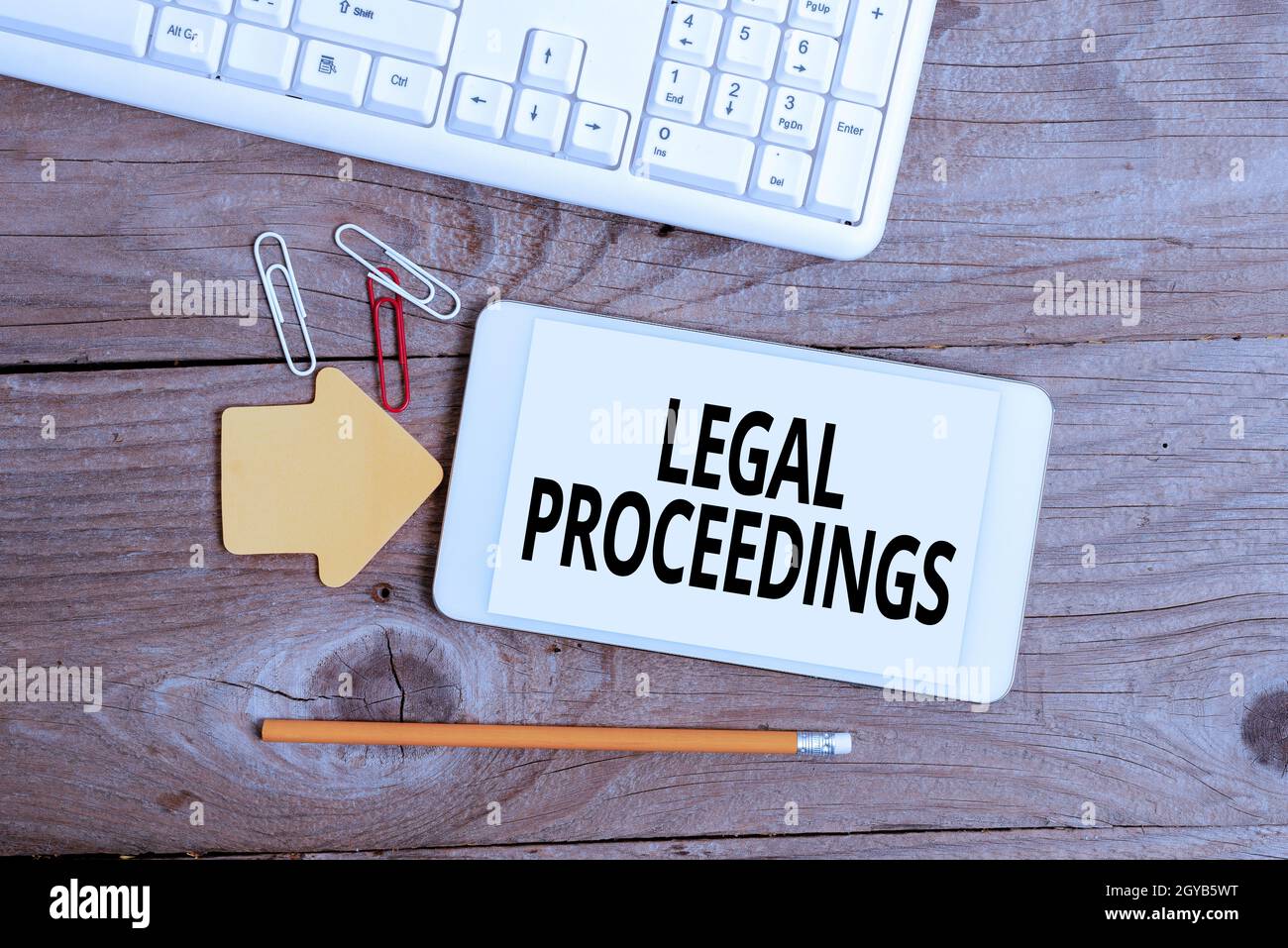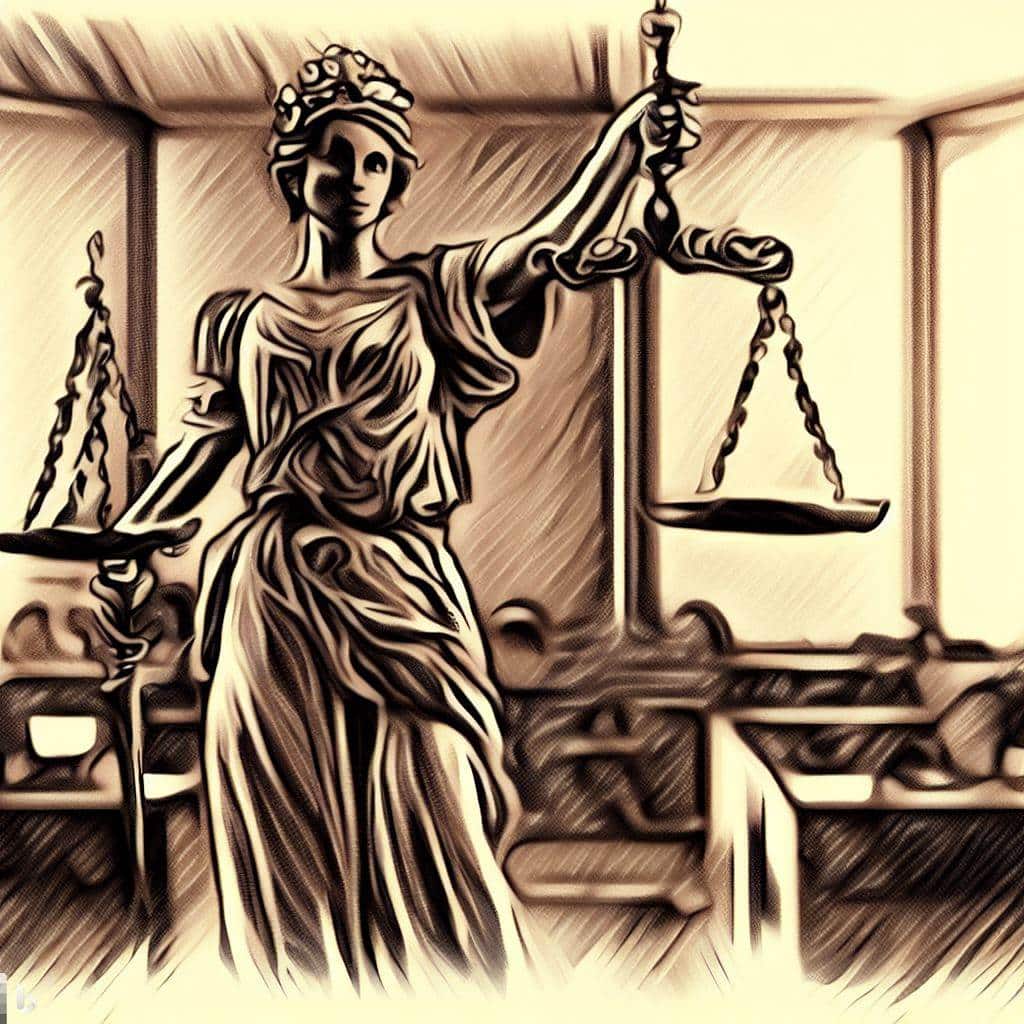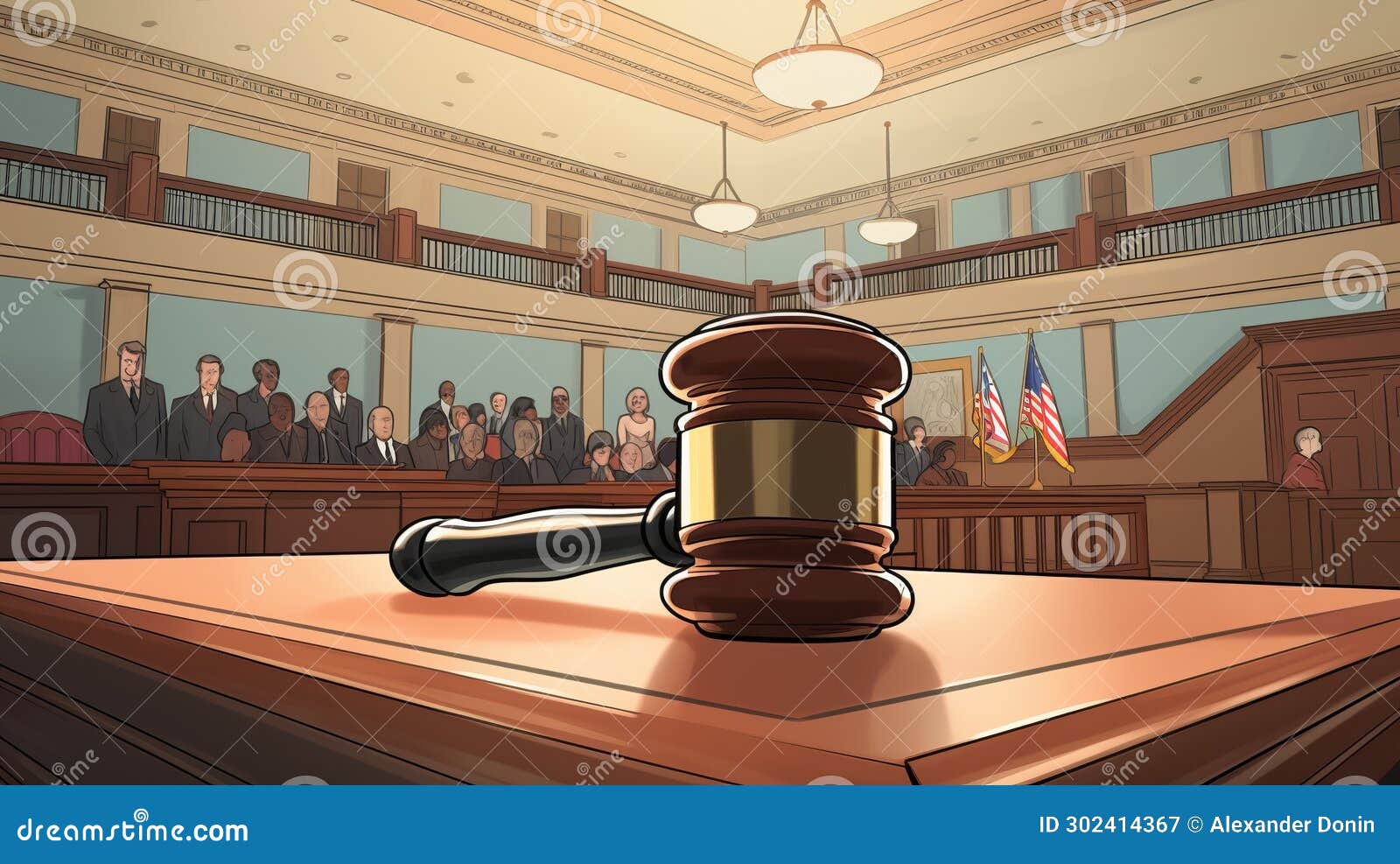
The Art of Persuasion: Navigating the Legal Landscape
In a world where the courtroom can often feel like a gladiatorial arena, the intricacies of legal arguments take center stage. Navigating the legal landscape is akin to mastering a fine art; one misplaced brush stroke could result in a very different picture altogether. But what does it truly take to create compelling legal arguments that sway the scales of justice?
 Understanding the nuances of legal arguments is crucial.
Understanding the nuances of legal arguments is crucial.
Key Elements of Legal Persuasion
Legal professionals often emphasize the importance of structure within an argument. Key Points:
- Establishing a solid foundation with well-researched facts.
- Crafting a narrative that resonates with the audience, whether it be a jury or a judge.
It’s fascinating to observe how effective storytelling often finds its way into the most formal settings of law. In my experience, presenting a detailed yet clear story can humanize the legal process. It drives home the relevance of the facts while ensuring that the audience connects with the essence of the argument being presented.
The Importance of Research
Without adequate research, legal arguments can falter. Case law, statutes, and previous rulings can bolster your standing significantly. I recall a moment early in my career when I overlooked an obscure ruling. It was a lesson learned—the smallest details can change the outcome. There emerged a case where the court relied heavily on a precedent that was initially dismissed as irrelevant. This brought to light an important reality in legal proceedings: every bit of information matters.
 Each detail in a legal case contributes to the overall narrative.
Each detail in a legal case contributes to the overall narrative.
The Role of Emotion in Legal Arguments
While the law is often seen as a rigid framework, the human element cannot be ignored. Emotional intelligence plays a vital role in effective legal persuasion. Engaging with empathy allows attorneys to craft arguments that not only present facts but also resonate on an emotional level. When emotions are strategically interwoven into the legal fabric, they can evoke responses that sway judgment.
Building a Connection
It’s not uncommon for jurors to connect with a story rather than raw data or legal jargon. This was especially evident in a recent case involving a community dispute that escalated to court. The attorney presented not just the facts but the real-world implications of those facts on the community. The result? A more favorable outcome that highlighted the jury’s human side.
 Courtrooms are where the art of persuasion unfolds.
Courtrooms are where the art of persuasion unfolds.
The Continuous Learning Curve
Legal professionals are in a perpetual cycle of learning. Laws evolve, societal values shift, and what worked yesterday may not hold today. Continuing legal education sessions have been instrumental for me to stay up-to-date with the trends and rulings that affect my practice. Opportunities to network and share experiences with fellow attorneys often provide fresh perspectives on how to approach various issues creatively.
Conclusion: The Blend of Logic and Emotion
In conclusion, navigating the art of persuasion within the legal realm requires a delicate balance between logic and emotion. By honing both persuasive storytelling and rigorous research techniques, we can not only inform but captivate our audience. In a world yearning for connection, the courtroom need not feel like a battleground. Instead, it can be a stage where the human experience shines through the legal process.
For more details, visit this link.















